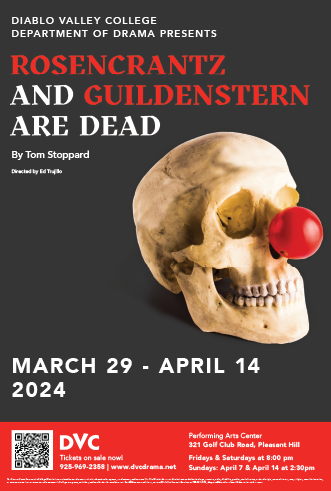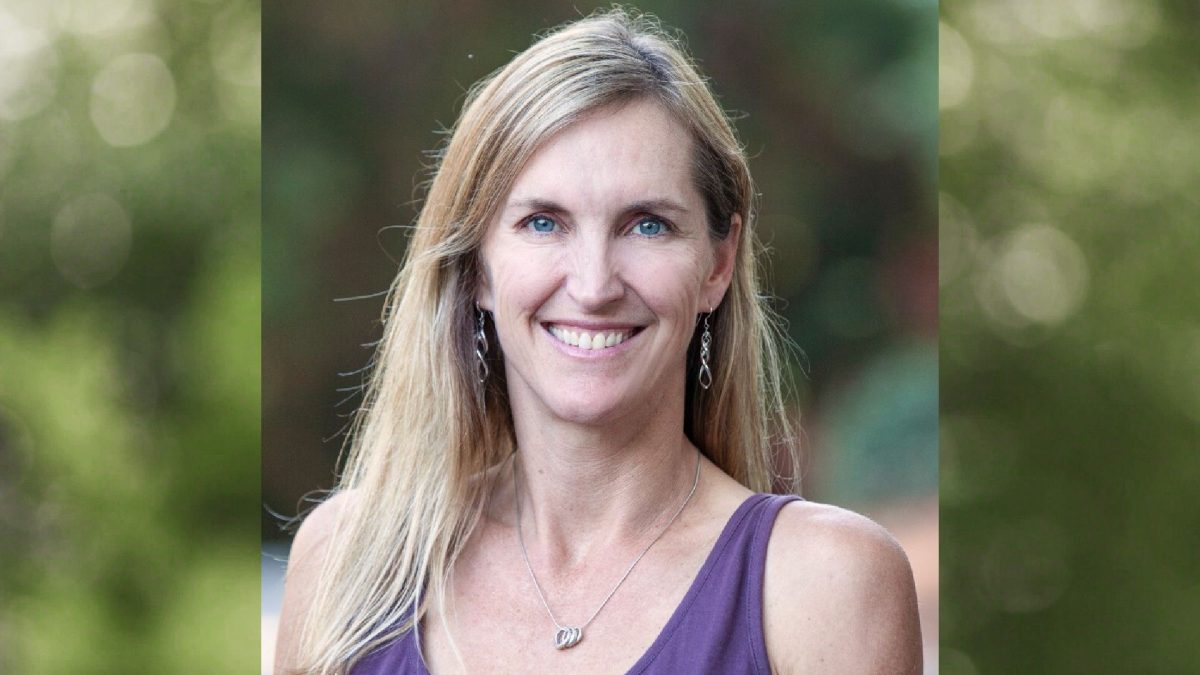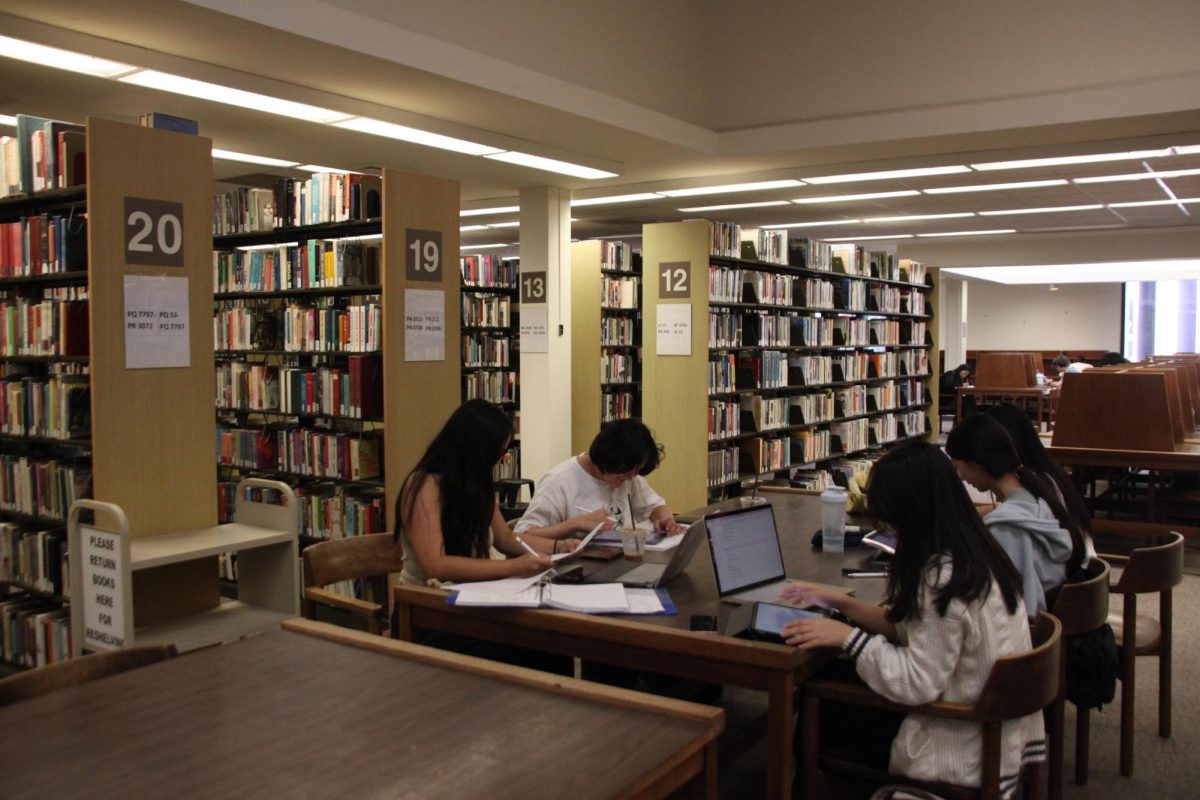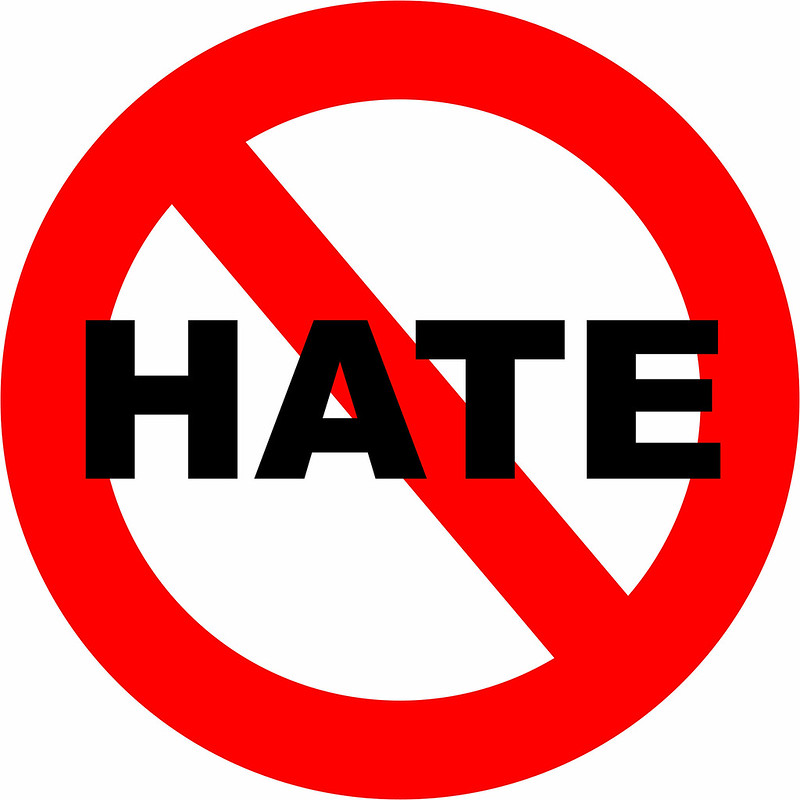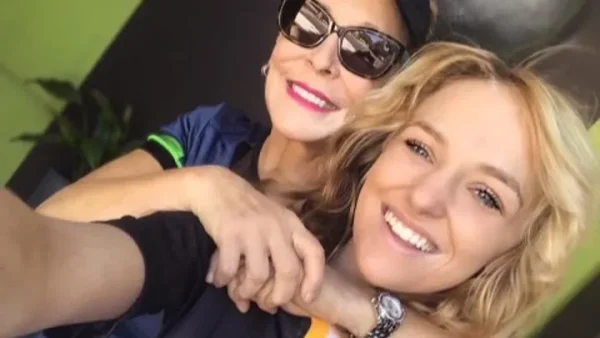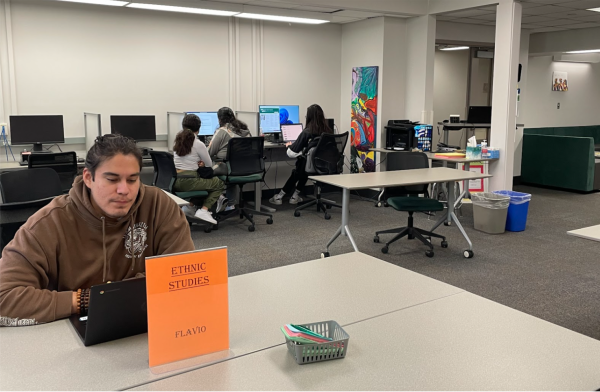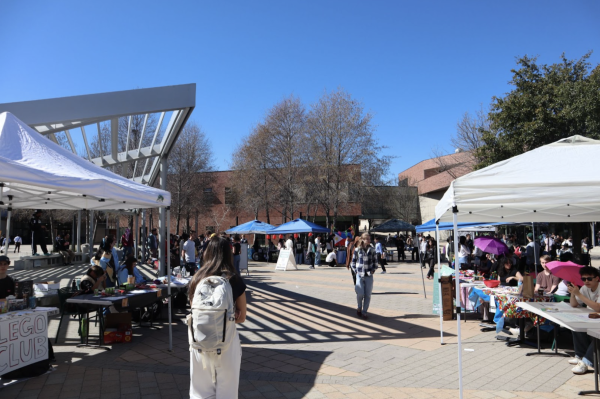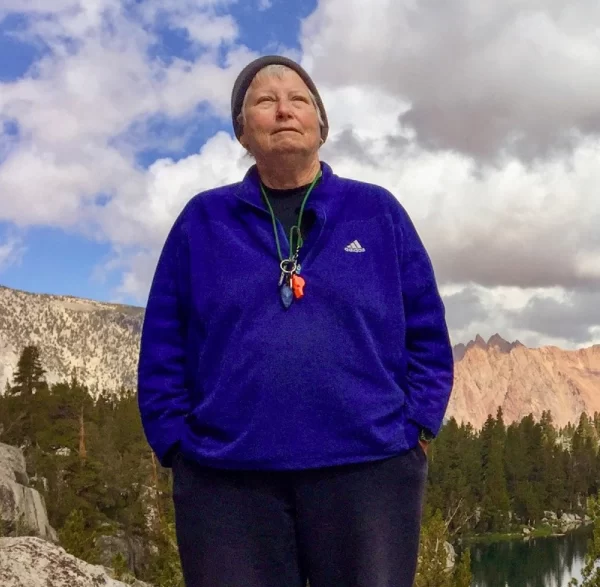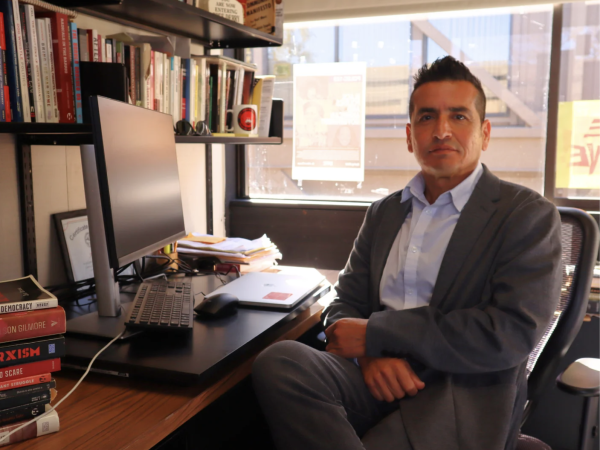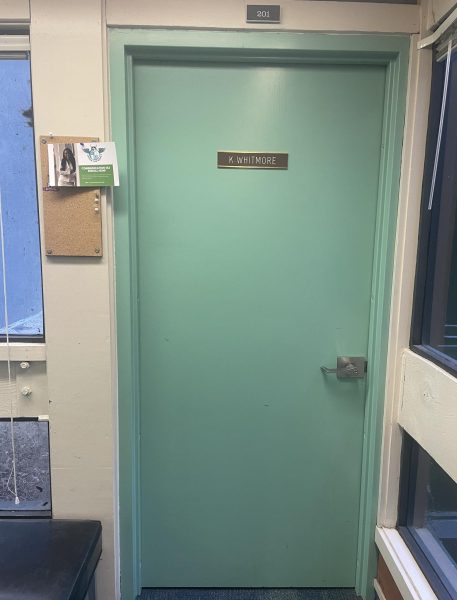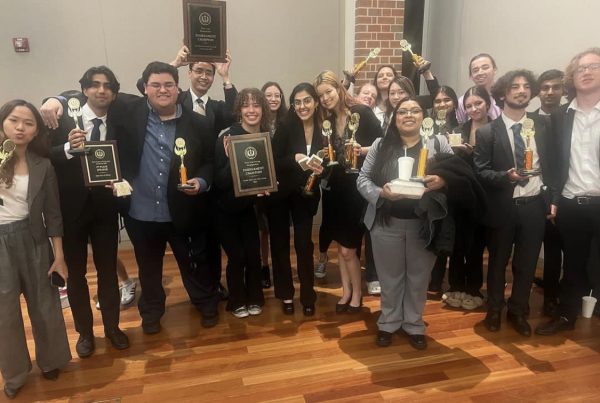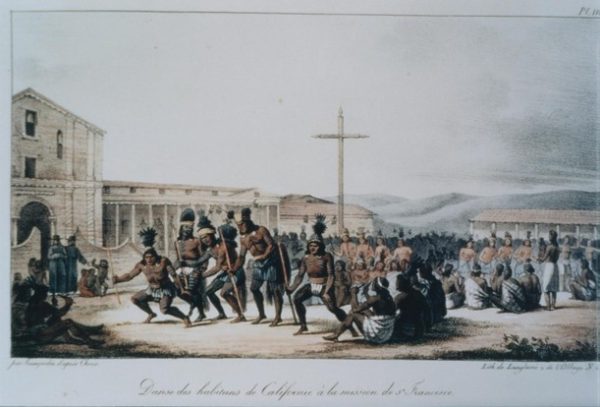Hate Graffiti on Pleasant Hill Campus Spurs Action by Racial Justice Task Force
Early last month, a Diablo Valley College faculty member found a swastika drawn on one of the green tables in the commons area of the Pleasant Hill Campus. School officials could not say when the symbol appeared nor how long it had been there, but administrators working with the Racial Justice Task Force vowed to take the incident seriously and immediately had the table removed for cleaning and repair.
The March 2 event evoked memories of the racist graffiti that appeared at DVC in 2019, in which people of color were targeted with hateful messages.
“It’s surprising that stuff like this still happens nowadays,” said one DVC student who preferred to remain anonymous. “A symbol probably does not look like much, but who knows what could happen later?”
Efforts to combat intolerance within the campus community have been ongoing, said Lisa Gwyn, co-chair of the task force. “By increasing anti-racist professional development for all employees, supporting efforts to make students feel more welcomed, and fostering a culture of learning, we feel that we can create an environment where we oppose all forms of racism,” Gwyn said.
DVC President Susan Lamb said transparency is key when addressing such incidents. In a recent interview with The Inquirer, Lamb said, “I recognize that symbols are strong. They represent different things to different people.”
She reiterated that campus officials don’t take the violations lightly. “People want to feel safe,” she said, and the question is, “how do we be transparent without doing more harm?”
Lamb said administrators are working with the Racial Justice Task Force to seek recommendations about appropriate follow-up actions – both immediate and in the event of future incidents targeting groups or individuals with racial slurs.
Hate speech in the form of graffiti and vandalism occurs on other college campuses as well, said Lamb, and schools’ courses of action can differ. For example, some colleges respond to racist graffiti by painting over the offending message without releasing any announcement to the college or student body.
But in light of recent past cases of racist vandalism at DVC, which sparked outcry among the student population, Lamb said the school would continue to be open about how it was handling the situation.
“I believe in being intentional based on the content and severity, and the broader context is something we need to think and plan about,” she said.
DVC provides resources for students who might be feeling stressed or tense as a result of last month’s incident. For example, the DVC Counseling Center offers individual wellness drop-ins on Tuesdays from 2 to 3 p.m., and Wellness Walks on Wednesdays from 2:30 to 3:30. The school has also partnered with TimelyCare, a free 24/7 medical and mental telehealth service.
Gwyn noted that lifting up the voices of those affected, and making sure they’re heard, is important. She added that incidents like these would be taken seriously and addressed as more than mere “graffiti.”
“Minimizing them or sweeping them under the rug will never result in our growth as a community,” Gwyn said.



















